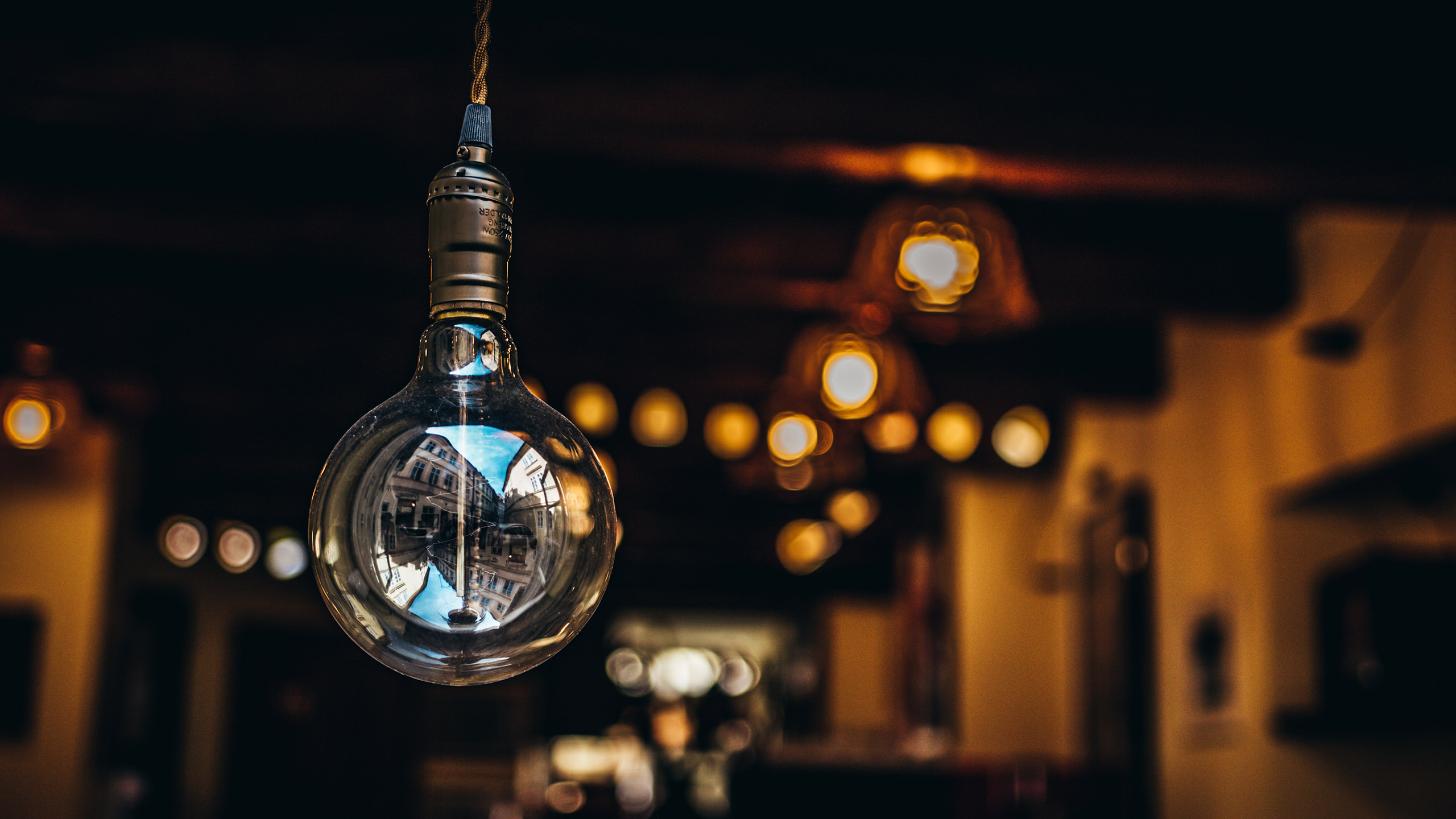Composition is the craft of placement- you will use the elements and principles of design that you have learnt previously to create a visually appealing design. Through composition, you will ensure all elements and principles are arranged and placed in a way that shapes the viewers' experience of the final design piece.
Composition is a big part of what makes a piece eye-catching and dynamic, or calm and soothing. It completes the design you are creating.
Look at different pieces of artwork and how the composition affects the mood.
Graphic design is an important tool that enhances how you communicate with other people, its important to ensure all elements within your design are composed effectively as this will work to finalising your design piece.
Great designs stand out in the minds of everyday people and can affect their ability to make decisions and influence their choices. By nature, people like to associate with things that look good and make them feel good. People are drawn to colours, typography, art, illustrations etc. Utilising these techniques in a way that is pleasing to the eye will support you in developing a great final product.
Keeping in mind, many people are not interested in reading a lengthy document about a product but instead are always happy to have a look at an image that may serve the same purpose.
For example, think of advertisement. Have you ever watched a commercial and you were suddenly convinced you needed a vacuum cleaner? Perhaps a brand-new car or even a meal from a fast-food restaurant? We have all been there.
Marketers are clever when creating graphics as they work to provide a positive image of the product along with the elements and principles of design working in perfect composition.
Below are some popular graphic designs, reflect on their design principles, elements and how they have used composition to make these effective and appealing to targeted audiences.


Photography helps you capture anything you feel is important to remember. One photograph is powerful enough to not only remind you of an event or detail but can bring you right back to the feelings, sounds, and even smells of the moment.
This is why composition is important as it makes a mediocre image strong. It can capture the essence of many feelings including love, happiness, serenity, and movements without needing to use any typography.
Below are examples of guidelines you can use to help you achieve a more attractive composition within your photos. You may find that you already use these guidelines naturally, however, let us investigate further.
Framing
Framing shots allows you to control what information the viewer receives and how they interpret what they see. These two photos are examples of good framing—looking past and looking through other objects captures the main focus of the photo.
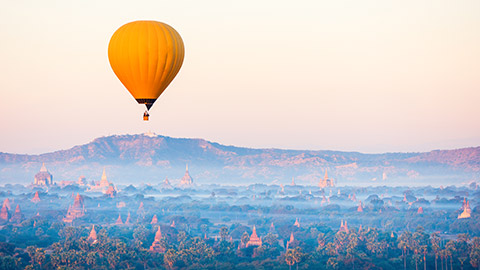

How can we use framing to tell a story?
Framing can be used to achieve many effects including:
- creating mystery
- withholding information so that the audience speculations on what could be happening
- giving information about what is about to happen- what may come next
- point of view framing- this is when the photos are taken from the point of view of the character they are portraying.
Rule of thirds
The rule of thirds refers to a composition is roughly divided into 3, horizontally and/or vertically, and points of interest being placed along the third lines or where horizontal and vertical thirds intersect.
The idea is to place the important features of the scene along with one or more of the lines or where the lines intersect. We have a natural tendency to want to place the main subject in the middle however placing it off centre using the rule of thirds will lead to a more attractive composition.
Looking at the photos below, where do you believe the rule of thirds has been applied?
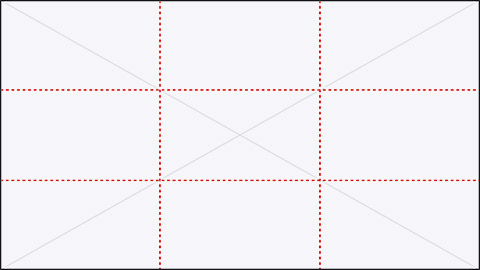

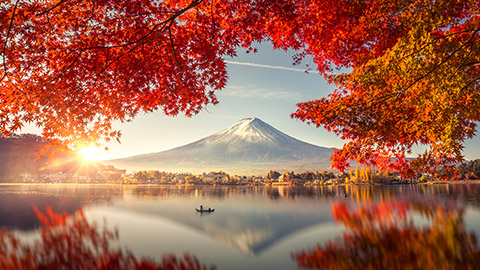
Eye-level
Eye-level shots refer to when the level of your camera is placed at the same height as the eyes of the characters in your frame.
These can vary between extreme close up eye level, close up eye level, medium close up eye level, pan right shot, tilt down pan right etc.
The reasons why people may use eye-level shots include:
- dissolve the barrier between viewer and story
- helps you empathise with the character and shows them in a more vulnerable state- "eyes are the gateway to the soul"
- humanize characters with a neutral camera angle
- simulate human vision and familiar composition
Let's look at how eye-level shots are used to convey various emotions and messages.
Extreme Close up eye level

Medium shot
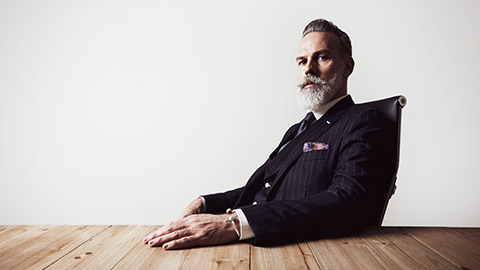
Medium close up low angle
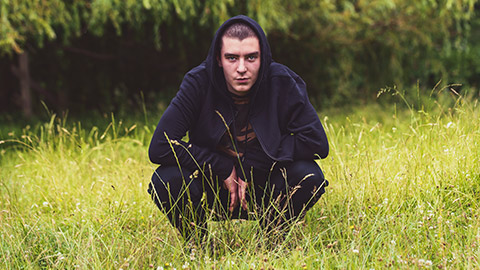
Reflect on these pictures and ask yourself, do these eye-level shots evoke an emotion, feeling or idea from the characters? Do they help you empathise or understand the character?
By answering these questions, it is easy to understand why eye level is important in creating an effective composition.
Eye-level shots are also used within the film, to help you further become familiar with the different eye-level shots, watch the video below as it will help guide you in understanding why different shots are used to visually communicate and add depth of intensity for their audience.
Focal point
The focal point is the part of the image that you want the viewer to focus on. A central focal point can seem very formal whereas an asymmetrical focal point usually adds interest to the image.
The reason a focal point is important is that your eyes generally need to focus on one area within the shot. This will help your eyes find a point of interest to hold on to, without it, you may find people will simply glance at your shots with minimal interest before they move on.
Looking at the photo below you can see the focal point at the left of the photograph. It makes the photo much more interesting than if the subject was in the centre. It also follows the rule of thirds.
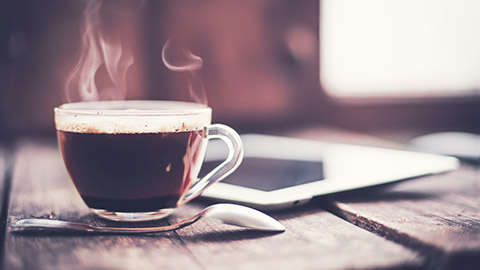
Depth of field
This is what happens in photography when you focus the camera on certain parts of an image:
- wide depth of field means that the image is in focus from foreground to background
- narrow depth of field means that only part of the image is in focus
How does depth of fieldwork?
If you are photographing a landscape scene, you will likely want all of that scene to be in sharp focus. This is called deep depth of field and means that the whole scene is in focus.
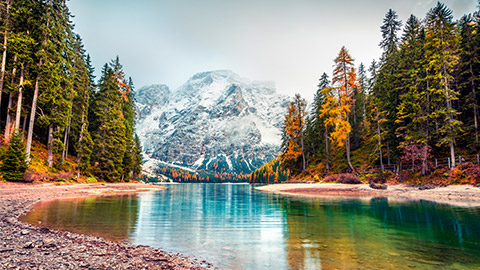
At other times you will want only a small portion of your overall image to be in focus. For example, in a close-up shot of a flower, you will want the flower to be in focus and everything else to be softly out of focus, this is called a shallow depth of field.
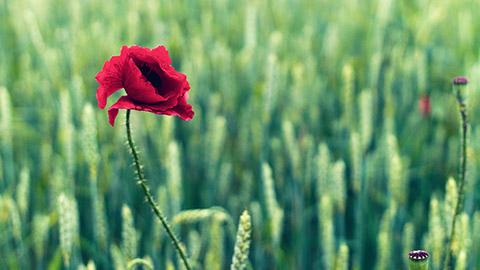
Depth of field has become an important creative tool used to define subjects within a photograph.
Do you use depth of field as a compositional tool or not? If not, will you try it out?
Composition in film refers to the way elements of a scene are arranged in a camera frame. Visual elements arrange to advance the story, reveal character and create emotion.
Through composition, you can instantly and intuitively clue the audience in to the deeper meaning of the scene. It emphasizes and conveys emotions or themes as well as denote power and importance within each shot.
Similar to photography it is important to use "the rule of thirds" which applies to the process of composing film. The guideline proposes that an image should be divided into nine equal parts by two equally spaced horizontal lines and two equally-spaced vertical lines. These important compositional elements should be placed along these lines or their intersections to strengthen the composition.
To see this in action, watch the video below.
It Is also important to consider the ‘’180 Degree Rule’’. This outlines the relationship between a character and another character or object within a scene.
An imaginary line called the axis connects the characters, and by keeping the camera on one side of this axis for every shot in the scene.
To help you understand the 180-degree rule further, please watch the video below.
Illustrations are not limited to drawings, sketch, painting and photography. They also relate to graphs, charts and other forms of visual representations.
Illustration also shares similar composition techniques with photography, web design and graphic design as it emphasizes on the importance of utilizing hierarchy, layout, scale, colour and contrast.
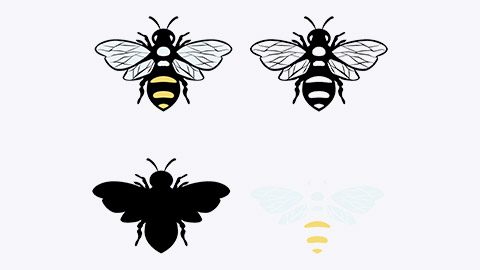
Composition is how design elements are put together – or, aligned and arranged – to create a balanced and visually appealing web page.
Good composition creates an easy way for readers to navigate your website while strengthening the main message that you want to communicate with them. Applying basic concepts and techniques in the composition are the building blocks to creating a beautiful and functional website.
Elements that need to be considered when developing your web design include hierarchy, size, scale, typography, colour, contrast, and placement. Some are more important than others however they all play a vital role in designing a rhythm and flow to your website layout. They encourage their readers to clearly navigate through to identify important information to help and guide them through the website.
An effective use of composition can make or break your animation because composition and layout are the first thing an audience views even before any movement takes place.
When creating your animation, it is important to consider the element of space. Space is the design element that we touched on earlier throughout this module.
To refresh your memory, space is used to organise negative and positive space within our animation. Positive space being our character or object and negative space is the area around our character.
We must create a balance to ensure that we give our character the right amount of negative space to function. Too much negative space creates an underwhelming feeling as your character becomes insignificant.
Zero negative space will leave the audience feeling overwhelmed as the character is in such an extreme close-up that they have no place to move around or settle into.
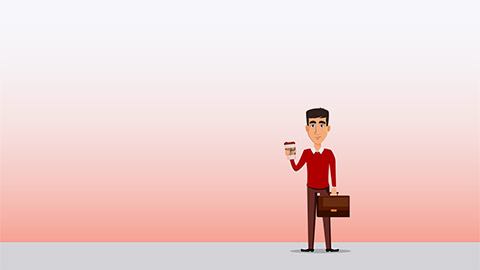

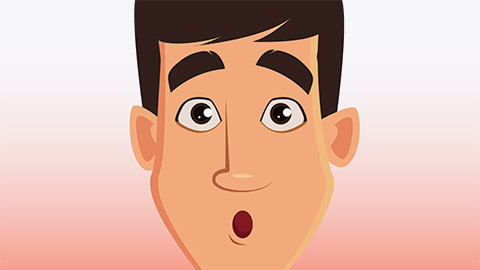
Generally when utilising the principles of design in painting, writing, design, film and music, you will be able to create a piece that effectively communicates with your audience. It is important to also remember that there is more to creating a successful work of art than just the elements of design.
This is called composition. Composition plays a vital role in executing how your work is viewed and experienced by your audience.
If you overlook this aspect your whole artwork risks appearing poorly planned and may not have the desired impact. If you get this right, you achieve success in connecting the audience with the true intent of your creation.
